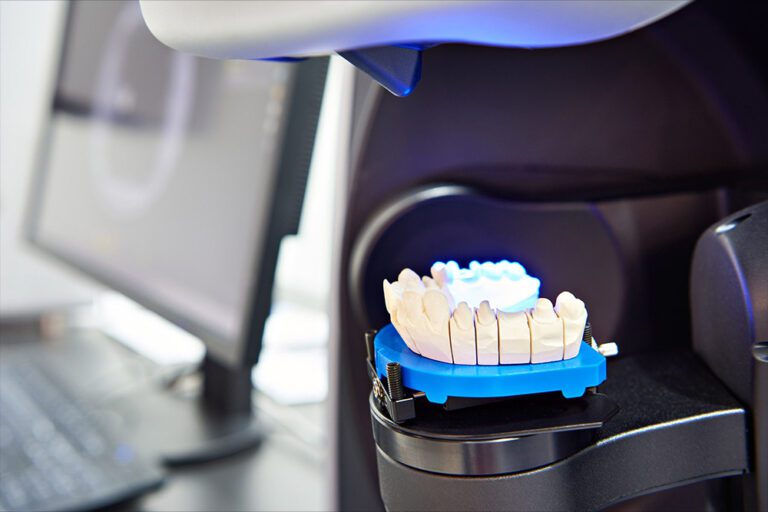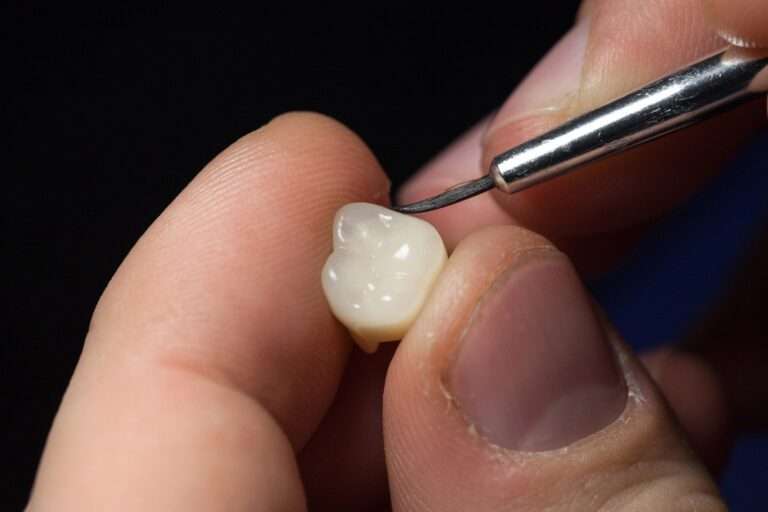Antibiotics are widely used in the dental industry. However, the use of antibiotics by both general dentists and dental restoration specialists is not well understood. As such, a study was conducted to evaluate the duration of antibiotics prescribed, as well as variation in the antibiotics used . By better understanding antibiotic use1, dentists will be able to better determine whether their own habits are conforming to accepted standards.
Antibiotic prescription practices were compared across dental specialties. General dentistry, oral and maxillofacial surgery, prosthodontics (which includes dental restorations), and other specialties were considered. Antibiotics are often prescribed before and after major dental operations, such as dental restorations.
Data regarding antibiotic use for prosthodontic dental restorations and other procedures was gathered by examining pharmacy benefits manager claims in 20152 . Data concerning more than 80 million Americans was examined.
Why Studying Prescription Habits Among Dentists Is Important
Understanding antibiotic use is especially important as antibiotics are frequently over-prescribed. Not only does this result in unnecessary costs, but over-prescribing antibiotics can reduce their effectiveness.
Bacteria are able to develop resistance to antibiotics. In fact, antibiotic-resistant bacteria are a serious concern for health care providers. Each year, such bacteria claim more than 23,000 lives and cause two million illnesses in the United States alone.
The Center for Disease Control and other organizations have been working to reduce the over-prescribing of antibiotics. Unfortunately, the prescribing habits of dentists remain poorly understood. Surveys and studies have suggested, however, that many dentists may be over-prescribing antibiotics.
Results of the Study: Data Shows High Prescription Rates
The data shows that dentists prescribed more than 2.9 million antibiotic prescriptions3. Such prescription rates are higher than many other medical fields. Antibiotics were typically prescribed for a period of between 7 to 10 days.
Many of these antibiotics were broad-spectrum, targeting a wide range of bacteria. Such broad-spectrum antibiotics include amoxicillin, clavulanate, and clindamycin. Amoxicillin was the most commonly prescribed antibiotic.
As for prosthodontics, which includes dental restorations, the following antibiotics were most widely prescribed:
- Amoxicillin was used in approximately 64% of prosthodontic procedures (e.g. a dental restoration.)
- Doxycycline and Clindamycin where each was prescribed in about 10% of prosthodontic procedures.
Take Away: Antibiotic Use is Important for Dentists and Should be Studied
The study did not seek to answer whether antibiotics are being over-prescribed by dentists. However, the data does show that antibiotic use is common during prosthodontic dental restorations and other procedures. This suggests that the potential for antibiotics to be over-prescribed during restorative dental operations and other procedures must be examined closely.
Other studies were also mentioned. These studies do suggest that dentists may be over-prescribing antibiotics4. A study in the UK found that only 19% of antibiotics prescribed by general dental practices followed clinical guidelines. Another study of an oral surgery acute dental clinic in the UK found that only 30% of prescriptions met guidelines.
Dentists and dental surgeons should continue to educate themselves regarding antibiotic prescriptions and appropriate guidelines. It would be wise for dentists to examine their own habits to ensure that their prescriptions are necessary and appropriate. Patient health is priority, and this included antibiotic use.
Recommended Reading – Management Of Dentin Hypersensitivity By National Dental PBRN











